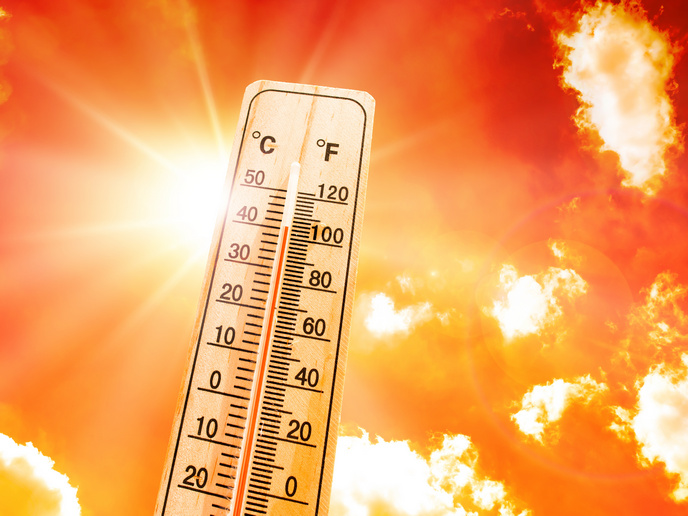Tell me when heatwaves are coming
As global warming persists, scientists foresee a worrying increase in health and economic risks related to heatwaves. To combat this deadly weather hazard, several countries in Europe and beyond have set up national global early warning systems (EWSs). However, no such system exists for the world as a whole. According to a new study supported by the EU-funded HIGH Horizons, ENBEL and HEATforecast projects, a global approach is exactly what is needed to achieve seamless surveillance of heat risks. “An accurate heat EWS can save lives and can promote heat adaptation across society,” report the study authors in ‘PLOS Climate’. They identify four key barriers to creating an effective global EWS. There is currently a lack of a globally agreed upon definition of hazardous extreme heat or heatwaves, and an absence of long-term data recording the frequency, duration, intensity and impacts of heatwaves that occur globally. Another issue is the poor response capacity, with decision-makers lacking awareness of health impacts, difficulties engaging healthcare leaders, competing priorities with other health threats, understaffing and a lack of sustained funding. Also lacking is effective, timely and targeted communication with warnings accompanied by suggestions on how to adapt to extreme heat. To help lay down a vision for effective global EWSs, the study takes a look at heat and health early warning strategies used today in different countries. These include forecasts of anticipated increases in mortality or hospital admissions to relevant stakeholders (Portugal), and collaboration between government departments to coordinate warnings and heat-health planning efforts (United Kingdom). Other examples of heat-health EWSs are temperature warnings on television with information included on humidity and other heat-related aspects (France), and the use of different communication methods, including a mobile app to provide local- to national-scale early warnings (Italy). The study also mentions the use of heat indices in heat-health EWSs in countries such as Austria, Senegal and the United States. Finally, work carried out by the Red Cross Climate Centre with Vietnam to develop anticipatory action plans for heat resulted in cooling centres and buses being opened in vulnerable hotspots based on a 6-day advance forecast.
Mapping out a vision
According to the authors, the time for a global heat EWS is now. Their vision entails a system based on uniform definitions and measurement methods, and the involvement of a wide range of actors, from health and weather services to the agricultural, energy, information technology and transport sectors. Key components include identifying priority heat indices and health indicators, setting meaningful trigger thresholds for heat warnings, and co-producing the EWS around communication, dissemination and evaluation. “Finally, it is crucial to note that effective early warning systems are only able to exist alongside robust infrastructure, policy and adaptation measures that can take years to decades to establish, and that are subject to changing baselines in a changing climate,” the study supported by the HIGH Horizons (Heat Indicators for Global Health (HIGH Horizons): monitoring, Early Warning Systems and health facility interventions for pregnant and postpartum women, infants and young children and health workers), ENBEL (Enhancing Belmont Research Action to support EU policy making on climate change and health), and HEATforecast (Dynamical constraints for the predictability of heat waves in current and future climates) projects concludes. “These measures should be part of a systems approach to tackling the climate change emergency alongside EWSs.” For more information, please see: HIGH Horizons project website ENBEL project website HEATforecast project web page
Keywords
HIGH Horizons, ENBEL, HEATforecast, heat, heatwave, early warning, early warning system, climate



